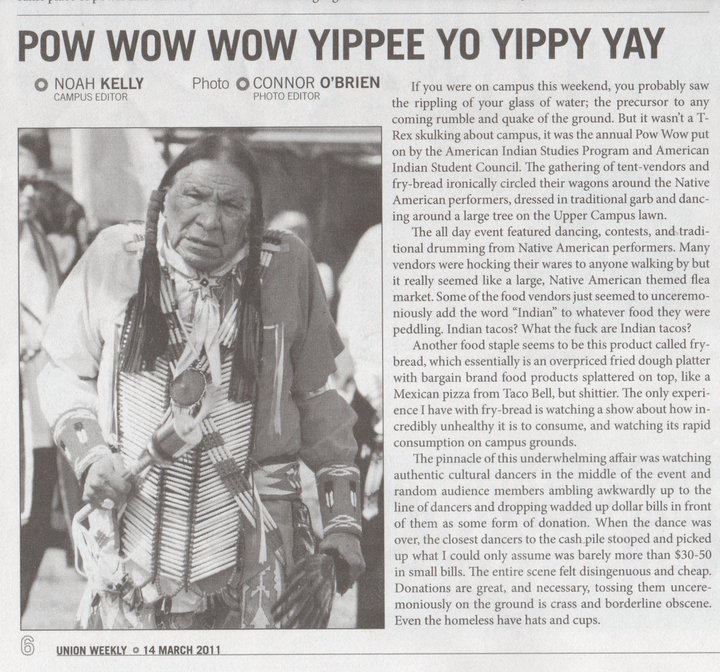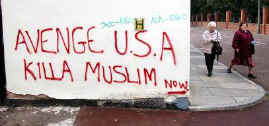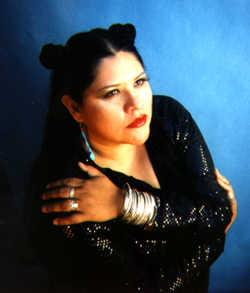I haven't watched the
Yavapai-Apache episode of
Losing It with Jillian yet, but apparently it started with a bang.
Losing It With Jillian: The Marquez-Plunkett familyBy Gail Gedan SpencerJillian’s in Arizona this week to visit the Plunkett-Marquez family–mom Dolores, daughters Delight and Cora-Lei, Cora-Lei’s husband Brian and their son Brandon. The Yavapai-Apache tribe, and native Americans in general, has a huge obesity and diabetes problem and this family is no different.
The traditional food made Jillian nuts–especially the frybread, which is bleached flour blobs fried in lard. And things got a little testy when at a welcoming party for Jillian, she dumped a big box of frybread in the trash. A preteen boy even threw a chunk of frybread at her in retaliation.
A new day dawned and Jillian was unsure of how open the tribe was about having Dr. Van Herle speak about diabetes prevention. They were open to it but only a handful of people came to her the doctor talk--another blow for Jillian.
The apathy in the community was hard for Jillian to understand. “Crap is all I’ve known,” said a tearful Delight, who seems like she really wants to change. She said that she just needs to be steered in the right direction.
Jillian then met with Don Decker, the tribal elder, about the frybread incident. Turns out all the controversy over her throwing out the food turned into a positive thing. People started saying “We don’t need that frybread” as a cultural staple. And Mr. Decker assured Jillian that he would help her with her quest.Comment: I figured Jillian would be insensitive to the Indians' culture. Glad to see she didn't disappoint me.
Whether the Indians needed a kick in the pants from Jillian is another matter. I'm sure people have debated and done studies on whether the "tough love" approach works.
Of course, frybread isn't really a "traditional food." It's traditional only in the sense that US government forced imprisoned Navajos to concoct it about 140 years to avoid starvation. Other tribes adopted it after that and it became a pan-Indian food. Which is fine, but let's not pretend the Creator gave it to Indians as a gift at the dawn of time.
Rob = Jillian?Incidentally, a Native woman on Facebook "defriended" me for
criticizing frybread. Here's how she dismissed me:
Nice being friends with you...but I don't like feeling like some nice white guy's project. Later...Here's how I would've responded if she'd stuck around:
Pardon me for reporting that a health magazine labeled frybread one of the 50 fattiest foods. I guess no one should talk about health or nutrition because it might mean judging someone's choices.
Incidentally, my advice applies to all races, creeds, and colors. It's false or misleading to suggest this is a black and white (or red and white) issue.
Find my dad in heaven and ask him if you don't believe me. You'll see I don't play favorites when it comes to advocating good health.
In
Hofer: Are You Living Smart?, a Native woman advocates healthy eating the same way I do. Note that she doesn't make exceptions for food such as frybread. She doesn't try to justify "traditional" food, "comfort" food, or food that signifies "love."
For more on the subject, see
Frybread = "Impending Doom" and
Frybread = Prison Food.
Below: "Jillian, Cora-Lei and Dolores commune with nature."















